Making inferences. This is one of the most challenging and trickest objectives to teach.
I’m curious. How do you feel about teaching students to make inferences?
When I was in the classroom, there was always sooooo much pressure on inferential thinking. Which is a good thing.
We want our students to be confident in their ability to make inferences while they are reading. So much of readers understanding a text is being able to fill in the gaps with their own background knowledge and personal experience.
At my school, we spent a lot of time during our team meetings and data sessions and district trainings talking about inferential thinking, but even with all the talk about inferential thinking, I was often confused or left wondering if I was effectively teaching my students how to make inferences.
So I researched. I read. I tried different strategies and I figured out some things that really helped my students improve their ability to make inferences.
In this post I’ll be sharing four tips that will help you teach your students how to make inferences.
But, before I jump into sharing some of my tips, let’s just start with a basic definition of what it means to make an inference:
What is making inferences?
When readers are making inferences they are using their personal background knowledge to analyze text clues in order to think critically about the text – the goal is to go beyond the literal text to understand the characters, theme, or problem in the story on a much deeper level.
When we are making inferences we are trying to think about what the author wants us to know, but isn’t directly telling us.
There are a few reasons why teaching making inferences can be really difficult:
- It involves the background knowledge of the reader. This is something you can’t control. You have no idea what your students do or don’t know about a particular topic, theme or lesson. This means you don’t really know what direction they will take their inferential thinking. Each student might make a different inference depending on their own background knowledge.
- In order for students to be successful with making inferences, they need to understand and know how to use a lot of other comprehension skills…. Determining importance, author’s purpose, making connections, making predictions, asking questions, and soooo many others. If our students struggle with other comprehension skills, they will probably struggle with making inferences as well.
- It requires some higher-level thinking, not only are students having to synthesize and infer by combining their own personal background knowledge and text clues, but they have to evaluate whether they are even identifying the right text clues and focusing on the parts of the text the author thinks are important….
So as you can see, teaching students to make inferences goes much deeper than the standard formula of text clues + background knowledge = an inference.
To add to your teacher toolbox, here are a few tips/strategies you can use to help improve your students ability to make inferences.
Tip #1: Use pictures to teach students how to make inferences.
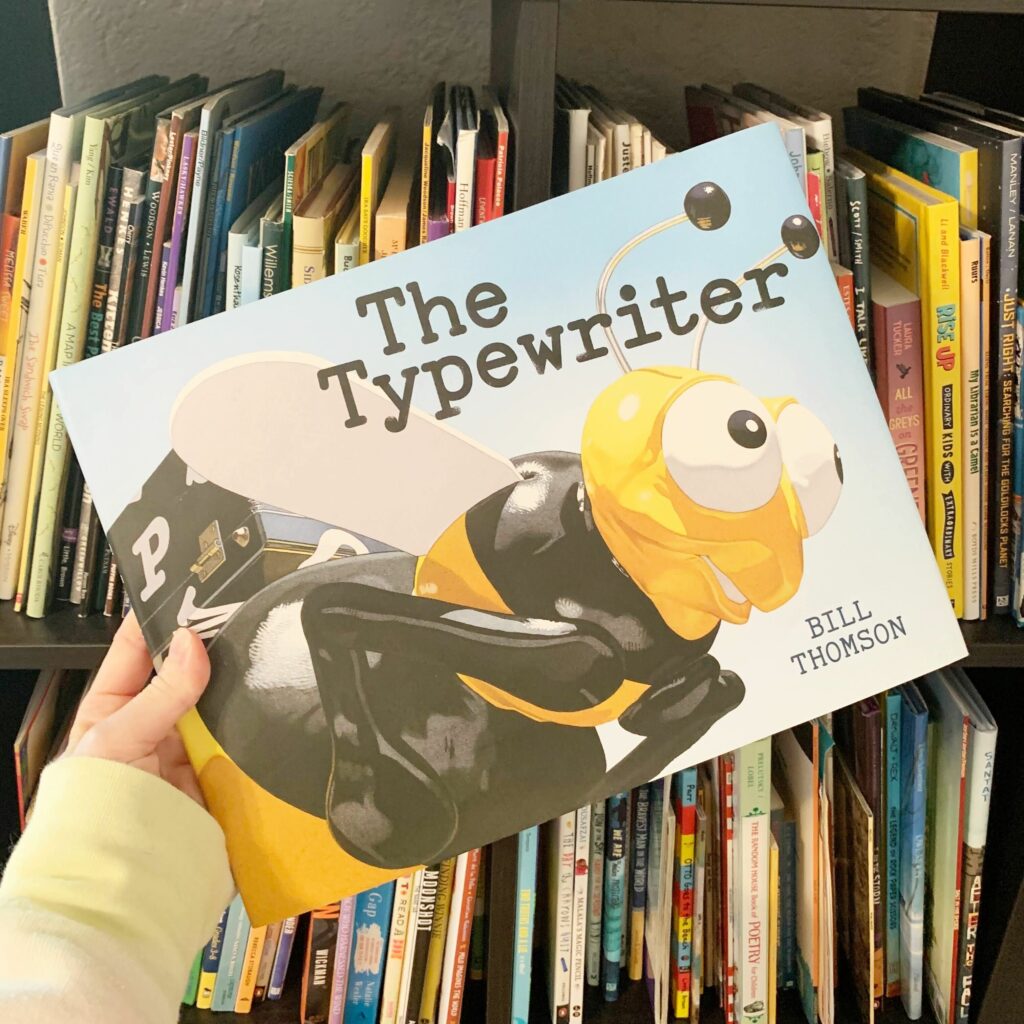
I love using pictures to teach a lot of comprehension skills, but it is especially great for teaching inferences because if you think about it, a lot of what goes on when we look and study a picture is inferential thinking.
When students look at a picture they have to notice details, ask questions, make connections, and think about what happened right before and right after the picture was taken. They are given a single snapshot in time and they have to work to fill in the gaps to create a narrative about what was happening in the photo…. which is inferential thinking.
Here are a few ways you can incorporate pictures into your reading block:
- Read wordless picture books
- Incorporate a Picture of the Day Routine
- Study illustrations in your read aloud texts
- Show a portion of a silent movie or video clip
One of the biggest benefits of using pictures to teach inferential thinking is that it helps boost students’ confidence. Struggling readers don’t have to worry about whether they can read and understand the text.
They can focus on the thinking and work on building their inferential thinking skills. You can encourage your students and let them know that if they can successfully apply those comprehension skills to a picture, they can do the same thing to a text.
Tip #2: Model and practice making inferences using familiar texts.
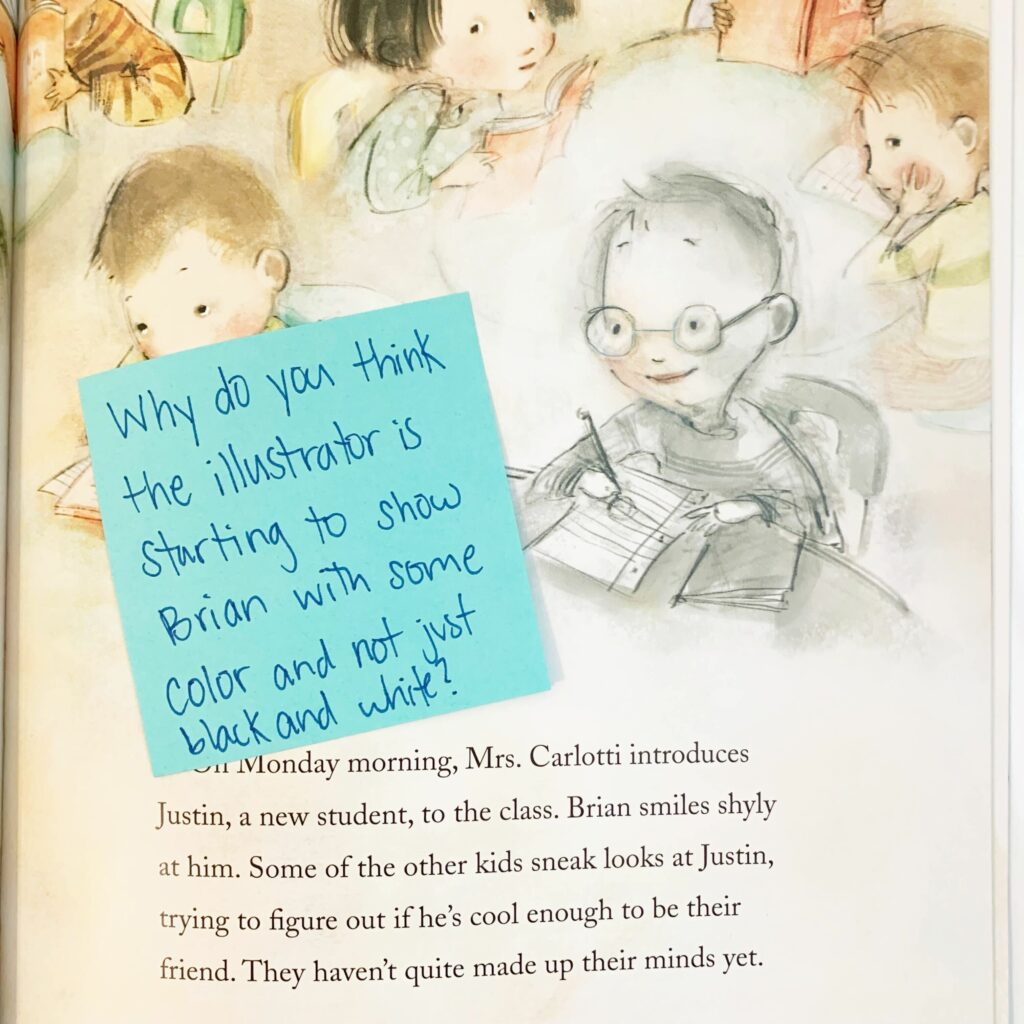
So the whole point of making inferences is for students to be able to go BEYOND the literal text and think much deeper about the text… it has a lot more to do with understanding the WHY and HOW behind the text rather than just staying at the what and the who level.
One easy way to make sure you are pushing your students to use inferential thinking is to ask why and how questions.
- Why did the author include this particular challenge…
- Why did the character act in such a way…
- How does the character feel about the setting….
- How is the character changing…
If our students were going to answer any of those questions, they would naturally be using inferential thinking to come up with their answer.
When you are teaching your students to make inferences, it can be helpful to use a very familiar text that you have studied and discussed in-depth.
If students ALREADY have a basic understanding of the text, it will free up their brain space to focus on their personal connections and the text clues they want to connect to that will help them make an inference.
And ultimately, we want them to make inferences while they are reading unfamiliar texts, but if your students struggle with that, then using familiar texts can really help them see the connections and text evidence that helped them make the inferences…. It’s kind of like you’re pointing out what they should have been thinking about as they are reading.
Let me share an example of what I mean by using the text Each Kindness by Jacqueline Woodson.
This is an excellent text for students to practice making inferences because the author leaves a lot of room for students to make inferences about the the main character, Chloe.
- Students can make inferences about what Chloe is thinking.
- They can make inferences about how Chloe is feeling.
- They can make inferences about the type of person Chloe is and what her personality traits are.
- They can make inferences about the changes and lesson she learns.
The author doesn’t directly state ANY of those things in the text, but because this story is about such a familiar topic, your students will be able to fill in the gaps with their own personal experience and make inferences about Chloe.
So if this is a story you have read to your students you can go back and show them the types of personal connections you can make and how that helps us fill in some of the gap the author doesn’t directly tell us about Chloe.
Tip #3: Don’t teach making inferences in isolation:
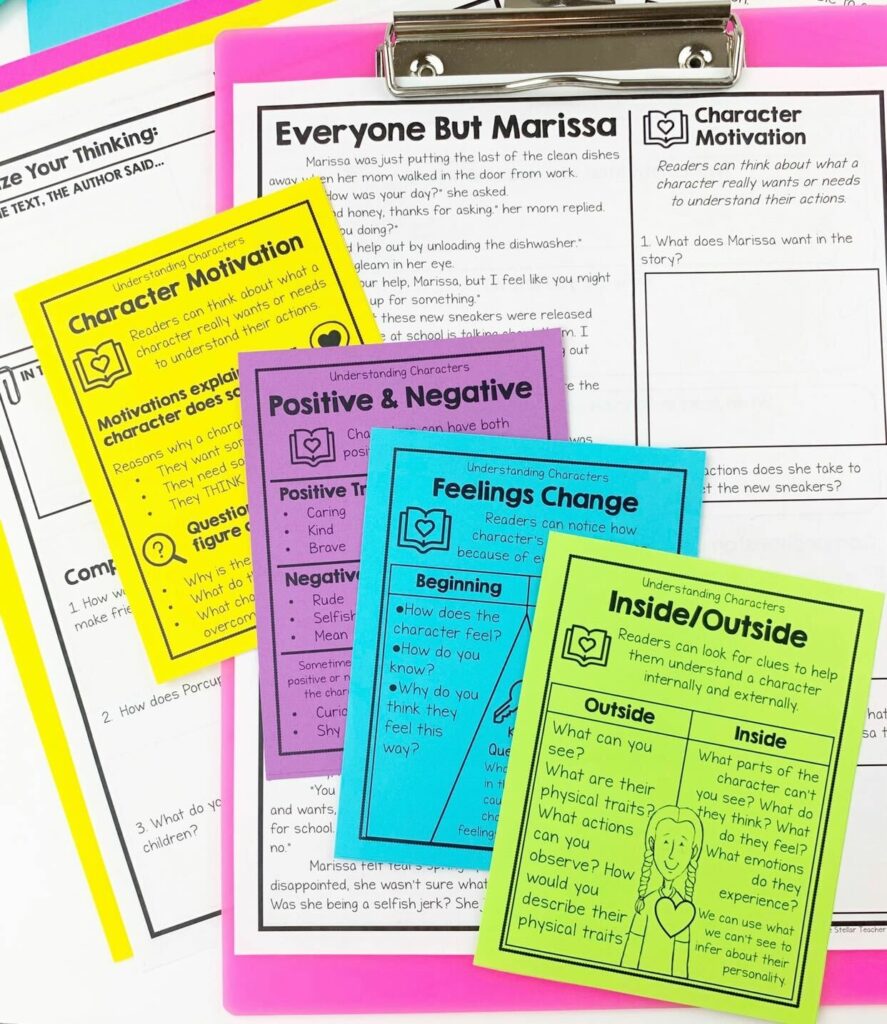
Ok. This one might feel challenging.
I know as teachers, we often like to have a focus skill each week so maybe we focus on teaching characters for a week or we spend a week learning strategies to help us identify main idea…. And while this instructional approach works for some comprehension skills, it isn’t always effective for others.
Teaching students to make inferences is one of those comprehension skills that should probably come up with every other reading skill you are teaching.
Like I previously stated, making inferences is connected to soooo many other comprehension skills, which means we can’t teach it in isolation.
We can’t spend a week teaching our students to make inferences in October and then not touch it again until march when we start to spiral…
Instead, your approach to teaching inferences should be connected to pretty much every other skill you teach.
You want your students to know how to make inferences when you teach all of the following:
- Characters
- Plot
- Author’s Purpose
- Theme
- Making Connections
So rather than teaching making inferences in isolation. Each week ask yourself the following question: “What type of inferential thinking do my students need to do in order to be able to master this reading skill?.”
What type of inferential thinking do my students need in order to describe a character in-depth?
What type of inferential thinking do my students need in order to understand the author’s purpose?
What type of inferential thinking do my students need in order to identify the theme?
When you regularly ask that question, you’ll start to teach comprehension from a wholistic perspective and help your students see how ALL the comprehension skills are interconnected.
Tip #4: Provide support and tools to focus your students thinking:
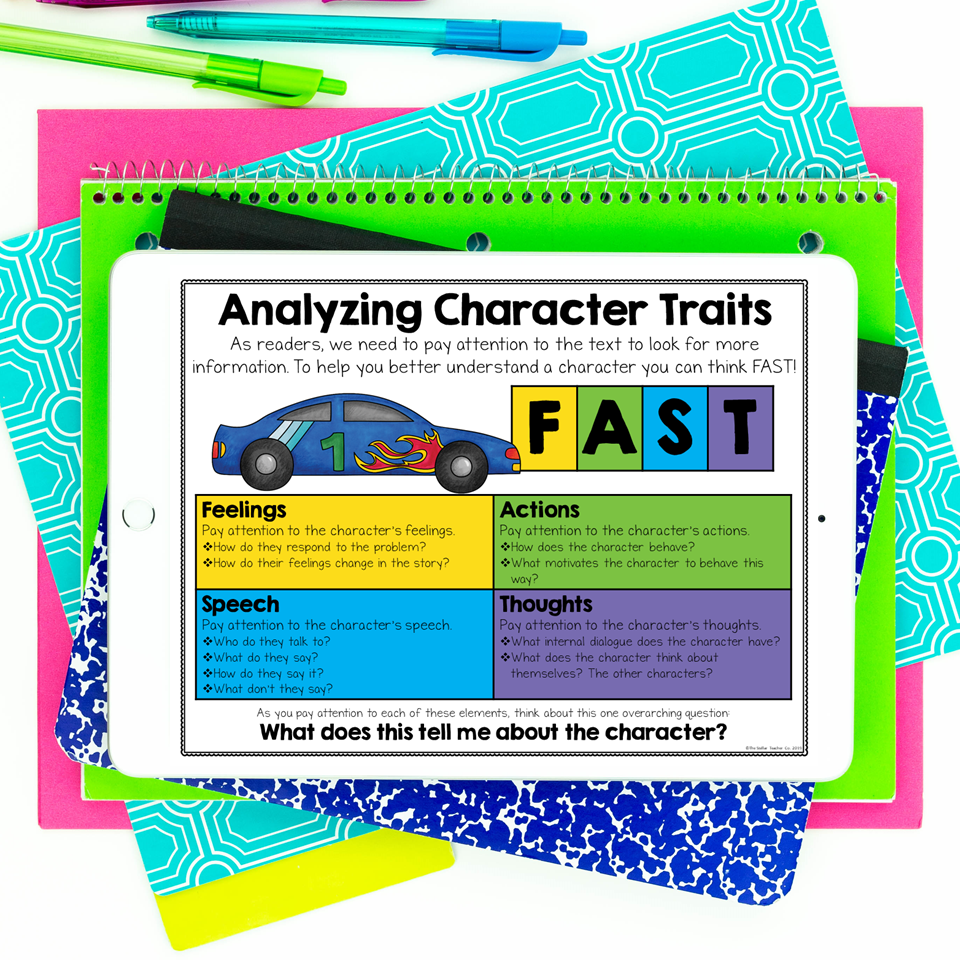
Like I mentioned earlier, one of the reasons why comprehension can be soooo challenging to teach is because we don’t always know exactly what is going on in our brain. We aren’t always aware of what we are thinking when we are reading… we just know that we can understand and enjoy what we read.
Well, as we are teaching our students to become strong comprehenders, we want to be intentional about helping them focus their thinking on the right parts of the text.
You can do this by teaching students specific strategies or giving them a step-by-step process to take, or even giving them specific question stems to help focus their thinking…
By providing support in this way, you are helping your students know what to focus on while reading.
Let me give you some examples:
- Making Inferences about Character Traits: Think FAST
- Making Inferences about the theme: Pay attention to how the character changes
- Making inferences about the author’s purpose: Give students the question: What does the author REALLY want me to get out of this reading experience?
By helping your students understand WHAT to focus on, you are making it easy for them to find the text evidence that will help them make strong inferences while they are reading.
Ok, let’s recap the four tips for teaching students to make inferences:
- Use pictures to introduce and practice making inferences.
- Model and practice making inferences using familiar texts.
- Don’t teach making inferences in isolation.
- Provide support and tools that will help focus your students’ thinking.
Hopefully this blog post has given you a few more tools to add to your teacher toolbox when it comes to teaching your students how to make inferences.
Happy Teaching!
Word Lists for Most Common Prefixes & Suffixes
Teaching word study is important in upper elementary. Grab this free download to get a list of the 15 most common prefixes and the 15 most common suffixes. If you teach these prefixes and suffixes to your students, they will have the tools to read and understand over 90% of all words with prefixes and suffixes!
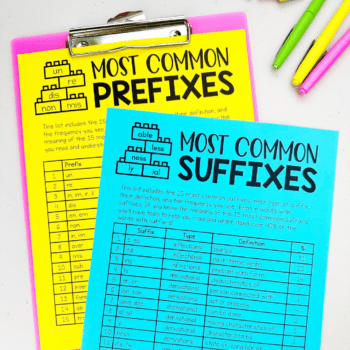



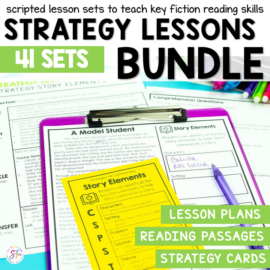
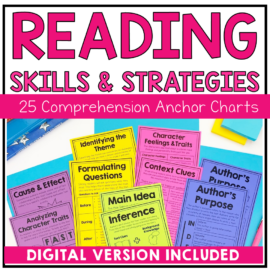
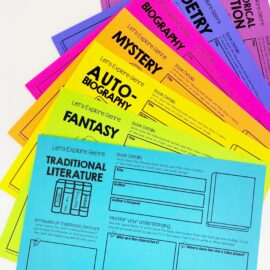
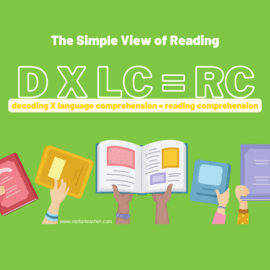
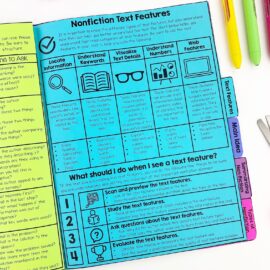









Leave a Comment
You must be logged in to post a comment.